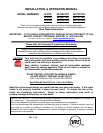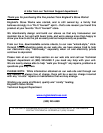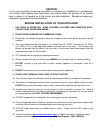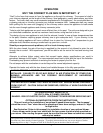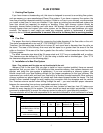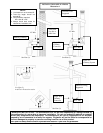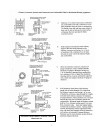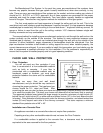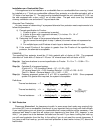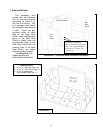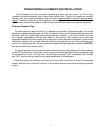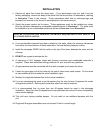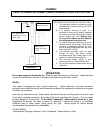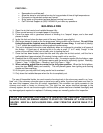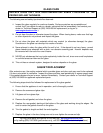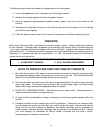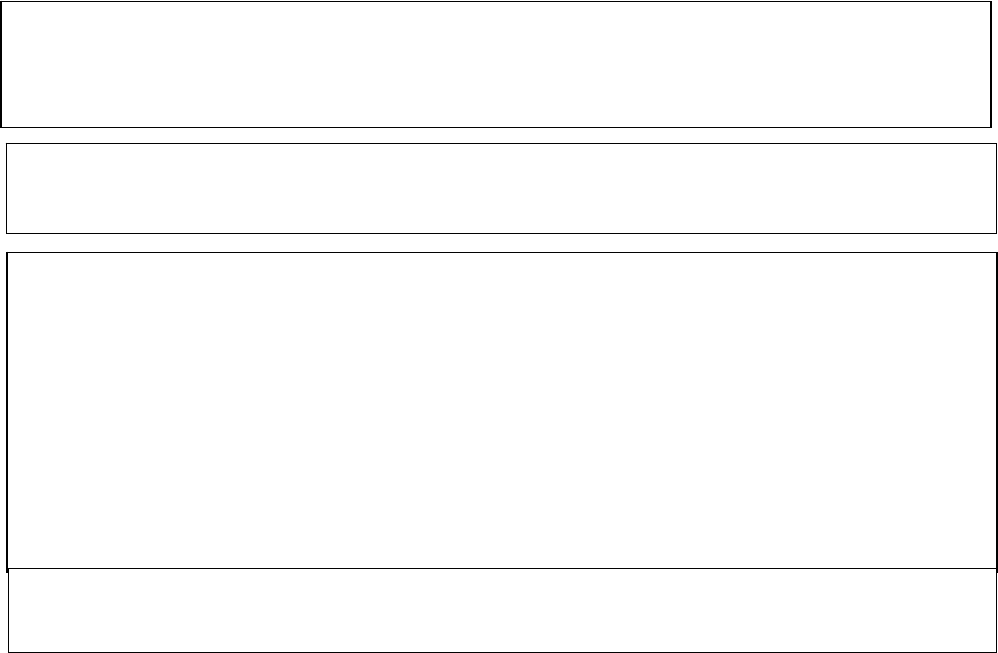
4
OPERATION
WHY THE CORRECT FLUE SIZE IS IMPORTANT: 6”
“Draft” is the force that moves air from the appliance up through the chimney. The amount of draft in
your chimney depends on the length of the chimney, local geography, nearby obstructions, and other
factors. Too much draft may cause excessive temperatures in the appliance. An uncontrolled burn or
a glowing red part or chimney connector can indicate excessive draft. Inadequate draft may cause
back puffing into the room and “plugging” of the chimney and/or cause the appliance to leak smoke
into the room through appliance and chimney connector joints.
Today’s solid fuel appliances are much more efficient than in the past. The units are designed to give
you controlled combustion, as well as maximum heat transfer, using less fuel to do so.
The design of your new appliance is such that the exhaust “smoke” is now at lower temperatures than
in the past, therefore requiring proper chimney size to give adequate draft. If your chimney is too
large, the heating appliance will have a difficult time to raise the “chimney flue” temperature to give
adequate draft, therefore causing a smoke back up, poor burn, or both.
Should you experience such problems, call in a local chimney expert.
With the door closed, the rate of burning is regulated by the amount of air allowed to enter the unit
through the air control. With experience, you will be able to set the control for heat and burning time
desired.
Attempts to achieve higher output rates that exceed heater design specifications can result in
permanent damage to the heater. The recommended wood load is level with the top of the firebricks.
Overloading may prevent sufficient air entering the heater to properly fuel the fire.
Do not tamper with the combustion air control beyond the normal adjustment capacity.
Operate this heater only with the door closed, and installed damper in the fully open position.
ALWAYS PROVIDE A SOURCE OF FRESH AIR INTO THE ROOM WHERE THE UNIT IS
INSTALLED. FAILURE TO DO SO MAY RESULT IN AIR STARVATION OF OTHER FUEL
BURNING APPLIANCES AND THE POSSIBLE DEVELOPMENT OF HAZARDOUS
CONDITIONS.
THIS HEATER IS EXTREMELY HOT WHILE IN OPERATION. SERIOUS BURNS CAN RESULT
FROM CONTACT. CAUTION SHOULD BE OBSERVED, ESPECIALLY WHEN CHILDREN ARE
PRESENT.
OPTIONAL BLOWER: MODEL AC-16
120 VOLTS, 60Hz, 0.75 AMPS, 2900 RPM
DANGER: RISK OF ELECTRIC SHOCK. DISCONNECT POWER BEFORE SERVICING UNIT.
OPTIONAL BLOWER MOTOR OPERATING INSTRUCTIONS:
This unit is set up for installation of an optional 2-speed blower motor. The fan speed
should be run on “Low” when the unit is operating at lower burn settings, and set to “High”
for high burns.
See Illustration 3 (later in this manual) for installation location of your optional blower.
Fasten blower motor to rear heat shield with the four screws that are already provided on
your stove. When routing the power cord, be sure that the cord does not come into contact
with any hot surface.
The optional heat circulation blower on this stove requires periodic lubrication; this lubrication should be performed no
less than every three months of normal operation. To properly lubricate the blower, use an eye dropper or similar
dispensing device to drip 5-7 droplets of SAE 20 oil into the oil port on the side of the blower motor.



